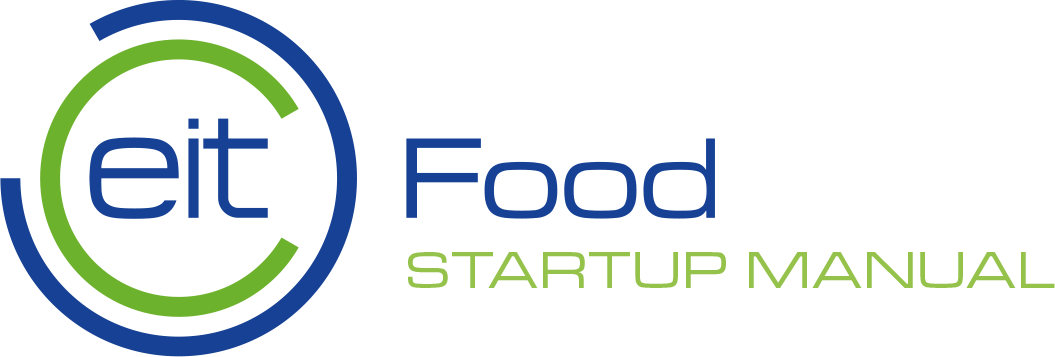Module 2 – Proving to the world that your idea is worthy and developing a proposition
5. Module 2 Wrap-up
Key take-aways
- Do extensive research (qualitative and quantitative, primary and secondary) to ensure that there is an actual need for your product or service in the market.
Time to stop and think: is there a market for the product or service you’re offering? What is the size of this market today and in the future? How will you deliver the goods and services? What kind of technology and/or know-how is needed? How much funding will be needed to make this work? Do the economics behind the product or service make sense? Are you the right person to make this business idea a success? If the answer is no, are you able to find the right people to join your team? Are there any legal challenges that may hinder the development of your idea?
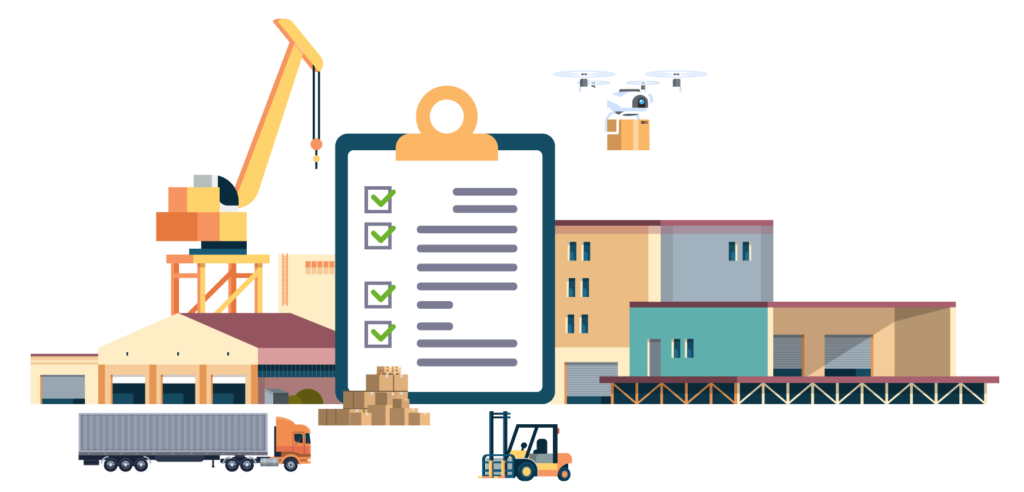
- Think about your product or service in the context of the current and food system, and what kind of ripple effect it might create.
Time to stop and think: what natural resources do you rely on to make your product, and what might supply chains look like in the future with the effects of climate change? If you encourage the consumption of one raw material through your product, could this have unintended consequences later on for the environment or worker’s conditions? (For an example, think of the humble avocado: once seen as old-fashioned, the rise of the Instagram clean-eating movement helped it become one of the trendiest food stuffs around. This has had large, negative repercussions on local biodiversity in places such as Mexico and caused deforestation and negative repercussions for local growers due to avocados attracting the attention of organised criminals and drug cartels).
- Watch out for unconscious bias in the way you design your product or service.
Time to stop and think: are you potentially excluding groups of people by not keeping them in mind, or could you offer an adapted version of your product or service to specific groups?
- Don’t waste time in perfecting the product in isolation from your customers. Instead, create a minimum viable product (MVP), get it to early adopters as quickly as possible to get valuable feedback and iterate to create better versions. Suss out your competition, both direct and indirect. Study their product/service, business model, marketing and organisation, this will help you develop your competitive advantage.
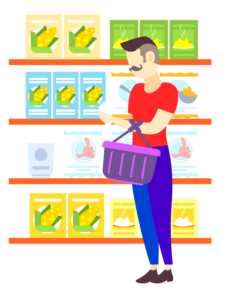 Time to stop and think: what are your competitors’ product or service characteristics and how do they differ from yours? What’s their pricing strategy? How much traction has their product or service gotten? How does their business model differ from yours? Are there gaps in their business models or areas for improvement? How do they communicate what they’re doing? What does their website say? Do they have reviews/testimonials so you can see what other people say about them? Have they gotten a lot of media coverage? Who is on their team? Their board? Do you know who their advisors are? Where are they located? Is that a better or worse location for starting a business than yours?
Time to stop and think: what are your competitors’ product or service characteristics and how do they differ from yours? What’s their pricing strategy? How much traction has their product or service gotten? How does their business model differ from yours? Are there gaps in their business models or areas for improvement? How do they communicate what they’re doing? What does their website say? Do they have reviews/testimonials so you can see what other people say about them? Have they gotten a lot of media coverage? Who is on their team? Their board? Do you know who their advisors are? Where are they located? Is that a better or worse location for starting a business than yours?
- Do a SWOT analysis to identify your strengths and weaknesses, as well as the opportunities and threats in the marketplace.
Time to stop and think: do you have a strong competitive advantage over others in the industry? Are you the first or amongst the first to bring this type of product or service to the market? Are there obvious gaps in your team? Do you lack funding to bring your product or service to scale? Are there growing market trends you can take advantage of? Are there changes in legislation which support your product/service? Is your business idea easily replicable from other competitors? Are there environmental threats that can significantly impact your business?
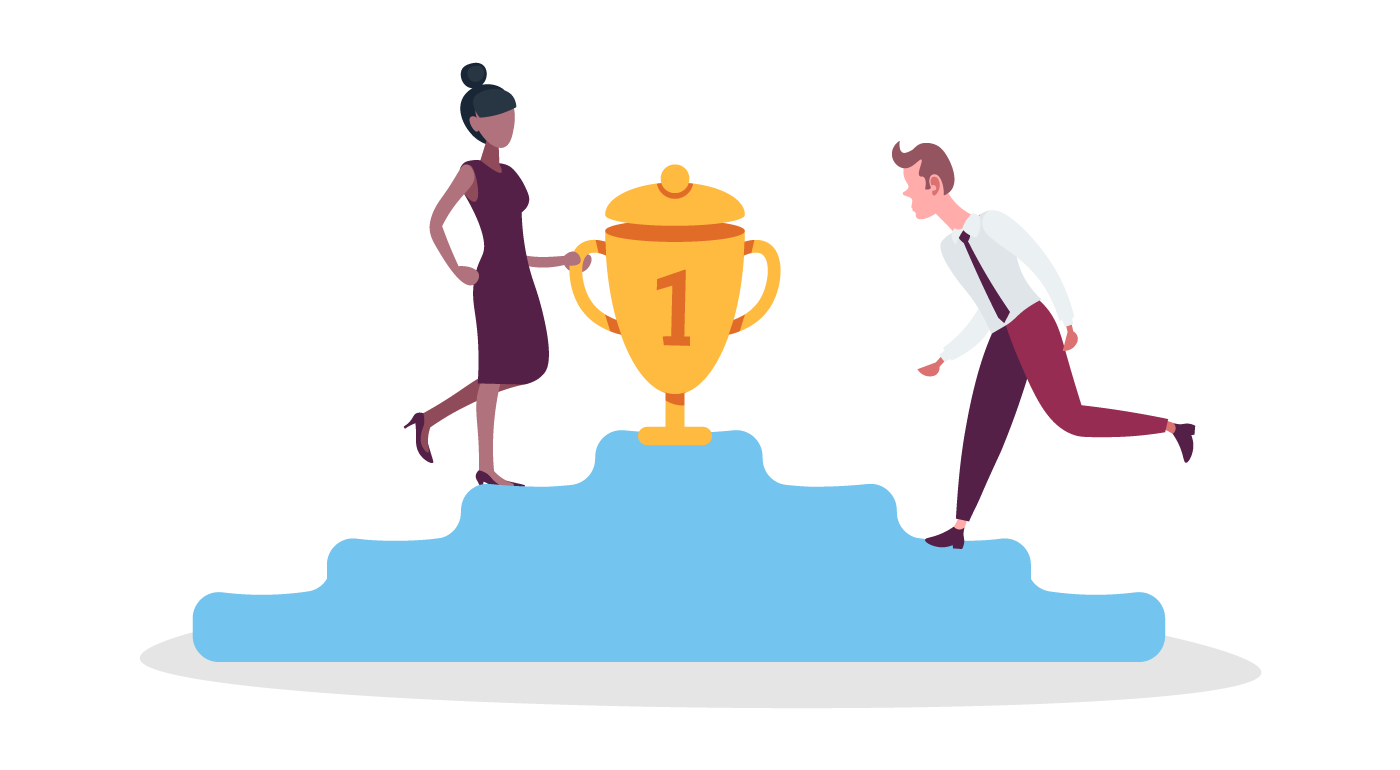
- Design is not just a label but encompasses the whole proposition and the value chain around it. Good design brings you closer to your customer and increases the chance of product/service adoption. There are lots of different ways to think about designing your product or service, including those approaches that consider the end user’s needs and how they will experience the product or service and those that consider environmental and social aspects to create a sustainable product.
Time to stop and think: can you or have you applied human centred design when developing your product or service? Does LCT or circular economy design apply to your product or service, could you apply some of the principles? What impact would it have on your business model?
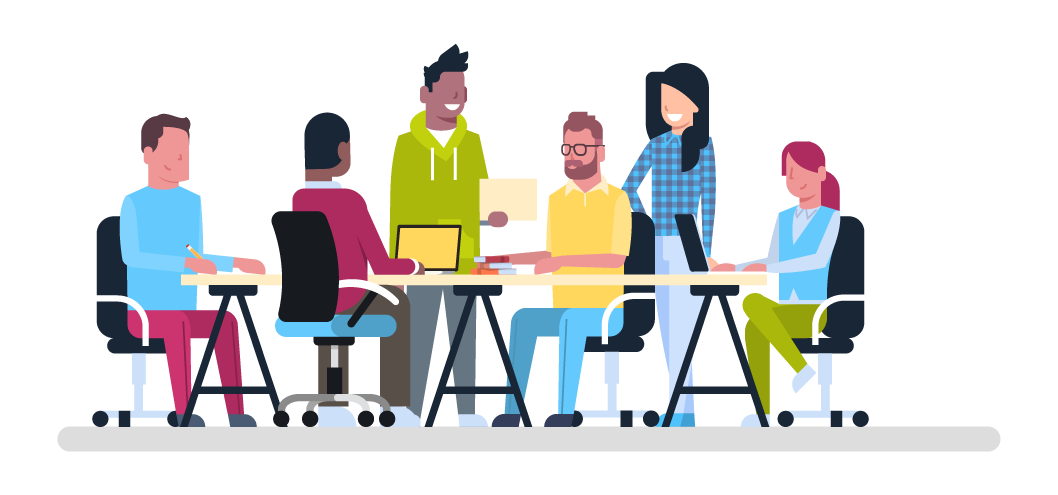
Now, let’s get active!
- Do a SWOT analysis defining your strengths and weaknesses (things you have control over), as well as threat and opportunities (part of the environment you operate in and out of your control).
- Do a competition analysis. Come up with a list of 10 competitors (mixture of direct and indirect competition) and research them looking at where they do really well, where they struggle, what you can learn from them and what you can do differently/better in order to stand out.

Additional Resources
The lean startup website is a great place to start:
http://theleanstartup.com/
Tom Chi’s own website where he offers some courses:
http://www.tomchi.com
More detailed information on doing a SWOT analysis:
https://www.liveplan.com/blog/what-is-a-swot-analysis-and-how-to-do-it-right-with-examples/
For more on Human Centred design, head to the Acumen Human Centred Design Course
Endless resources on the Circular Economy, check out the Ellen Macarthur Foundation
A few resources to brush up on your food system knowledge and news:
Food Systems Approach as a conceptual framework:
https://knowledge4food.net/food-systems-approach-report/
Food Navigator:
https://www.foodnavigator.com/
Food Tank:
https://foodtank.com/
Food Bev Media:
https://www.foodbev.com/
Modern Farmer:
https://modernfarmer.com/
EIT Food:
https://www.eitfood.eu/
Food Unfolded:
https://www.foodunfolded.com/
